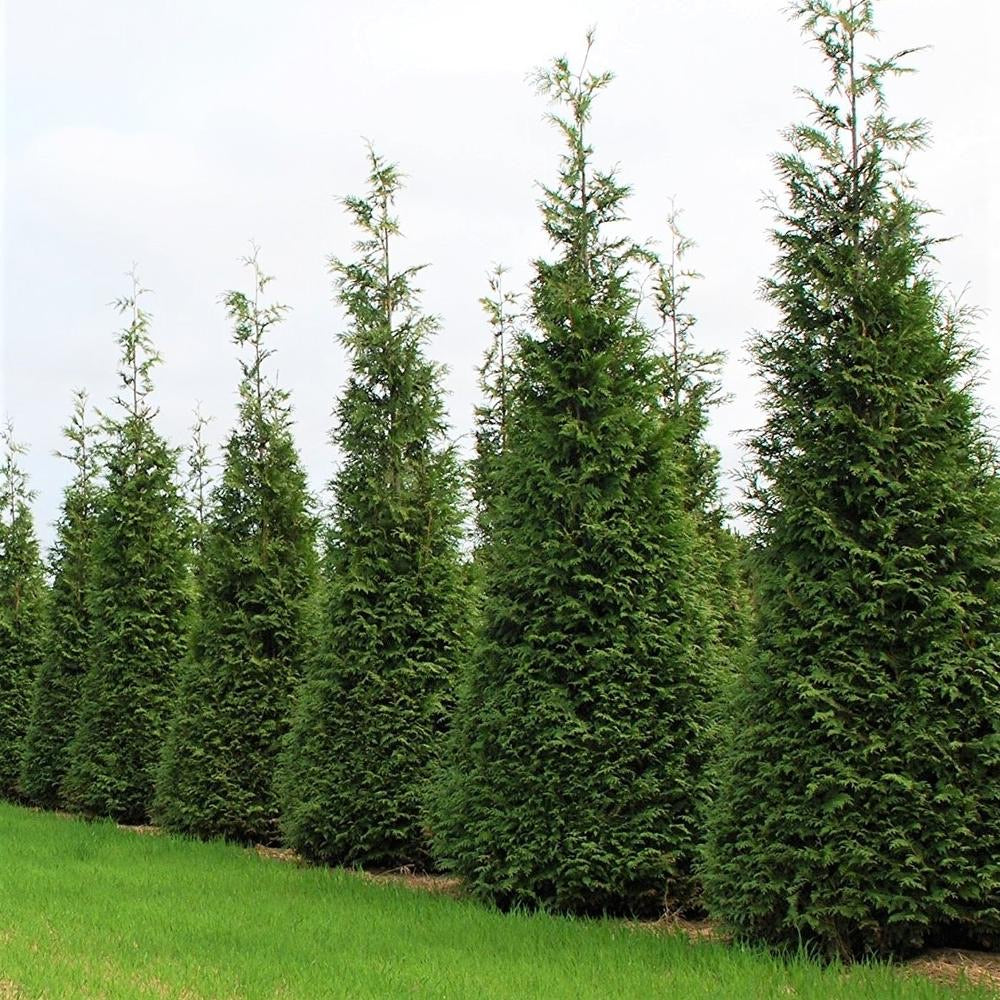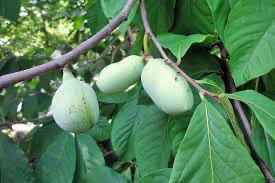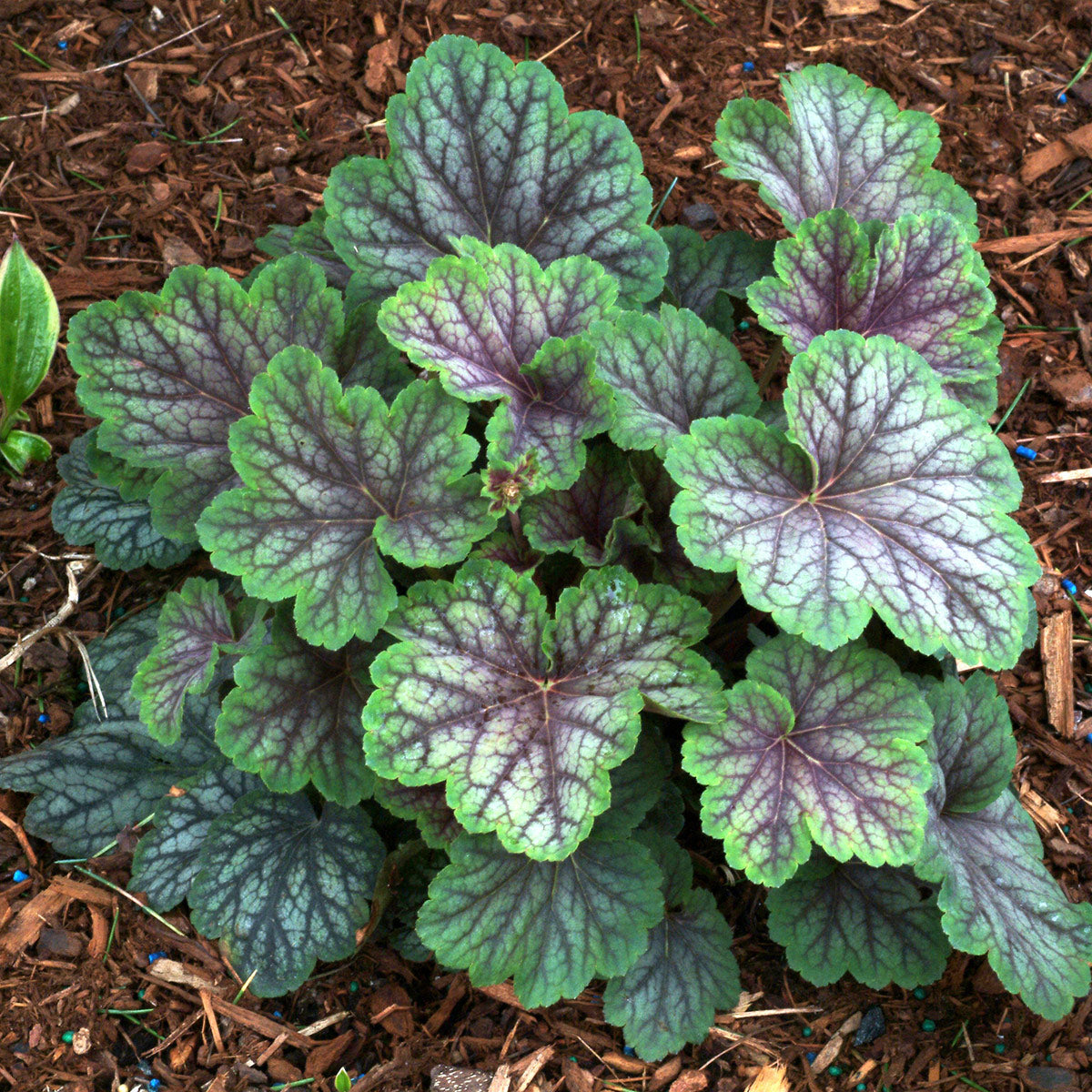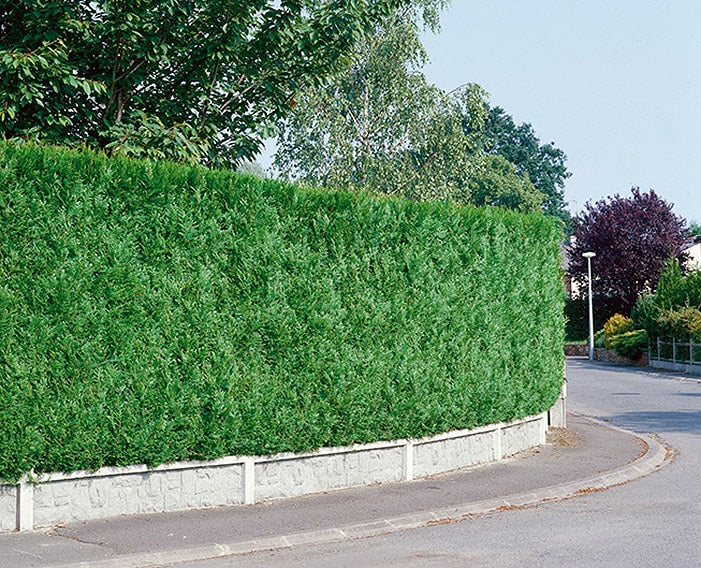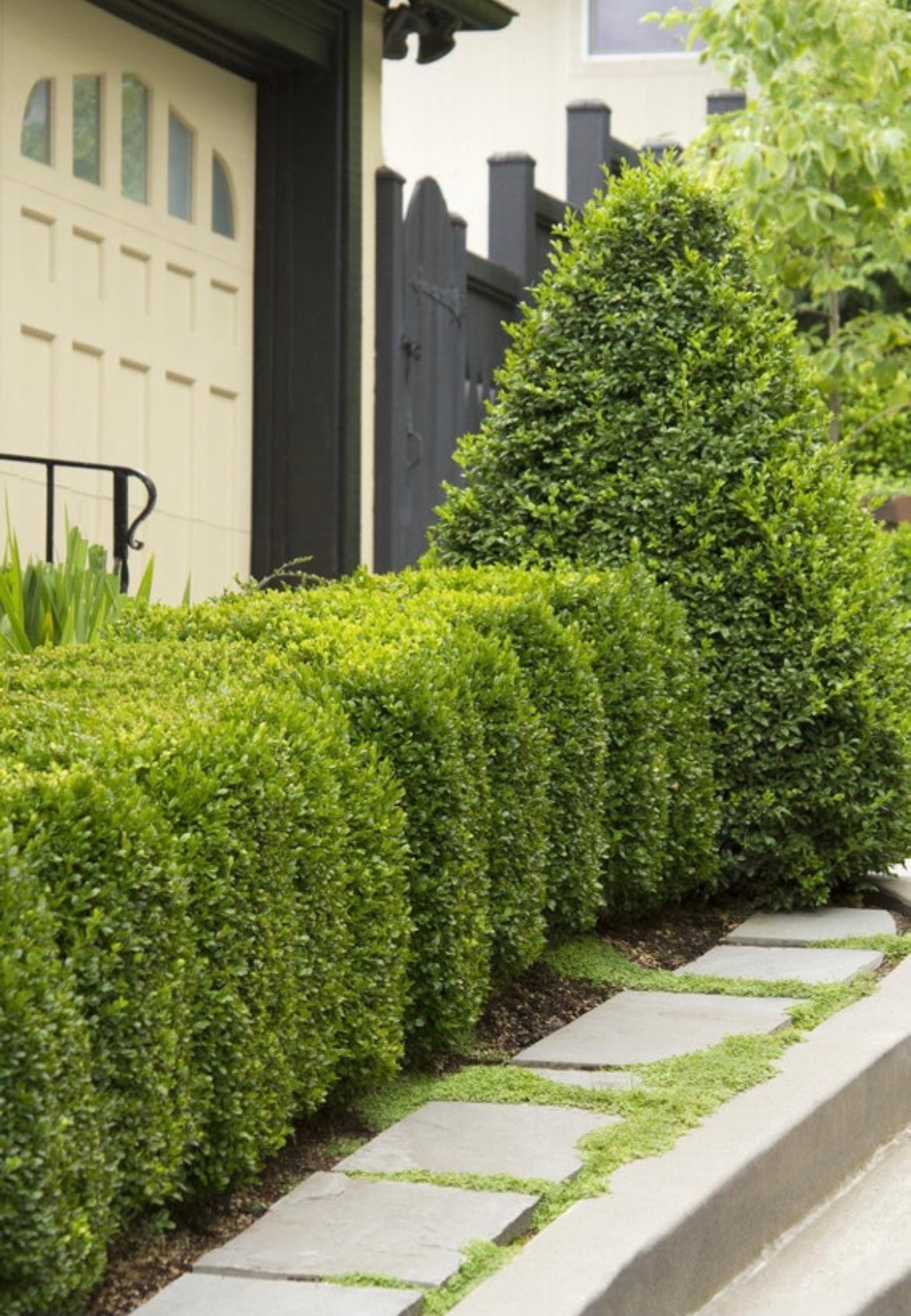
Why We Finally Got Serious About Rabbit-Proofing Our Grapevines
If you’ve ever poured your time, sweat, and maybe a few muttered words into planting young grapevines, only to wake up and find rabbits have chewed them down to nubs… you know the feeling. It’s like hosting a fancy dinner party and finding out the guests ate the table legs instead of the food. That’s why we decided enough was enough — no more all-you-can-eat bunny buffet in our vineyard.
We’ve tried sprays, we’ve tried motion-activated sprinklers (don’t ask about the time I got soaked instead of the rabbit), but nothing works as reliably as good old-fashioned DIY plant cages. Not only are they effective, but they’re budget-friendly, built to last, and pretty darn satisfying to make. In fact, these things work so well, I’d protect my Grape Vine Seedless Concord with them any day — and if you’re growing grapes, I recommend you do too.
I’ll walk you through exactly how we build them, why we use certain materials, and how these cages pull double duty for other plants. We’re talking rabbit-proof plant cage perfection here.
Why Physical Barriers Beat Any Spray, Pellet, or “Miracle” Rabbit Repellent
I’ve tried almost every trick in the book — garlic sprays, predator urine (yes, you can buy that), noise-makers — and here’s the thing: rabbits are stubborn little fuzzballs. Sure, a spray might work for a day, but one rainstorm later, and your vine is back on the dinner menu.
A solid rabbit proof plant cage doesn’t wash away, doesn’t need reapplying, and it works even when you’re not home. That’s the beauty of it. It’s not just for grapevines either — these cages work wonders for Popular Small Trees, berry bushes, and even tender perennials that critters love to chew.
I like to think of them as the “castle walls” for your plants — sturdy, unshakable, and way cheaper than rebuilding your vineyard after the enemy breaks in.
Choosing the Right Materials for Your DIY Plant Cages
This is where the magic happens. The right materials make all the difference between a cage that lasts one season and one that’ll keep working for years. For us, the holy trinity is:
-
4-foot welded wire fencing – Tall enough to form a strong circle, but still easy to handle.
-
Rebar stakes – These turn your cage from a “suggestion” into an immovable fortress.
-
Zip ties – Quick, strong, and way easier than wrestling with wire ties.
If your soil isn’t in great shape, it’s also worth reading our Should I Give My New Plant Fertilizer? guide before planting — healthy vines are better at bouncing back if something does get to them.
Step-by-Step Wire Plant Cage Build
Here’s how we do it, step by step:
-
Bend the wire – Take your 4-foot welded wire and form it into a circle big enough to give your vine breathing room.
-
Secure it – Use zip ties to connect the ends. I go with three ties spaced evenly — tight enough to hold but loose enough you can snip them off later if needed.
-
Cut it down – If rabbits are your main concern, a 2-foot height is perfect. It blocks the little hoppers without shading your vine too much.
We also show a similar protective build in our Awesome Raised Bed Garden Ideas post — it’s amazing how many DIY garden projects use the same basic principles.
Making Your Rabbit-Proof Plant Cage Safer and More Durable
One thing I learned the hard way — freshly cut wire ends are like little garden booby traps. You’ll be out there admiring your handiwork, lean in too close, and suddenly you’re in a fencing match with your own plant cage. That’s why I always bend the sharp ends inward. Not only does it save your hands, but it also protects curious kids, pets, and anyone who likes to wander barefoot in the garden.
For longevity, I take things a step further: welding rebar to the cage sides. It sounds fancier than it is — a quick tack weld holds everything in place and turns your cage into a reusable piece of vineyard armor. Even if you don’t weld, you can attach rebar with heavy-duty zip ties and still get years of use.
These cages aren’t just for grapes, either. We’ve used them to protect Fast Growing Plants like young maple trees and berry bushes that tend to be “rabbit magnets” in spring.
Installing the Cages Around Young Grapevines
You’ve got your cage, now let’s get it in the ground. First, make sure your grapevine is centered inside the cage with room for growth. Then, drive your rebar stakes straight through the cage and into the soil. A good mallet or small sledgehammer will make quick work of this.
I like to leave about a foot of rebar above ground so it’s easy to grab when you need to move or adjust the cage. Just make sure it’s anchored deep enough to hold up in a windstorm — nothing like chasing a rolling wire cage across the yard to make you feel like you’re in a slow-motion rodeo.
If you want your grapevine to really thrive inside that cage, take a peek at our How to Prune Grapevines guide — a little annual pruning goes a long way toward strong, healthy growth.

Extra Grapevine Protection Tips
While a rabbit proof plant cage is your first line of defense, there are a few extra tricks to give your vines the VIP treatment:
-
Mulch around the base – This keeps weeds down and moisture in. We’ve got a full mulching guide here that covers what works best for grapes.
-
Netting – If you’ve got deer or birds, a lightweight net over the cage adds a second layer of protection.
-
Rotate the cage – Every so often, shift its position slightly to keep weeds and grass from taking over inside.
These tips aren’t just for grapes — they work for protecting delicate fruit trees, berry bushes, and even new perennials that critters might find tasty.
Long-Term Vineyard Maintenance
The best part about a solid DIY plant cage is that it keeps on working year after year. Once your grapevine has thickened up and is producing strong canes, you can remove the cage and let it breathe. I usually reuse those cages for Apple Trees, Pear Trees, or even vegetable garden starts that need a little help in their first season.
Every fall, I do a quick check for rust, broken ties, or bent wire. A little upkeep means I can keep using the same cages season after season, which saves money and keeps scrap metal out of the landfill. Plus, there’s something satisfying about knowing you built it once and it’s still paying off years later.
Why DIY Plant Cages Save Money & Boost Garden Success
Let’s talk numbers for a second. Store-bought rabbit guards and vineyard cages are fine… if you’ve got a wallet the size of a tractor tire. But for most of us, building DIY plant cages is just smarter. A roll of welded wire, a few rebar stakes, and some zip ties can protect dozens of plants for a fraction of the cost of pre-made cages.
The savings add up fast, especially if you’ve got more than a couple vines. And here’s the kicker — these homemade cages are tougher than most of the store-bought ones. We’ve had some out in the vineyard for years, and they’re still going strong. Plus, you get that proud “I built this” feeling every time you walk by.
If you’re growing grapes for the first time, I can’t recommend enough reading our Ultimate Guide to Growing Seedless Concord Grapes — it’s packed with tips that pair perfectly with your new rabbit-proof setup.
The Best Part – DIY Cages Aren’t Just for Grapes
Here’s the thing: once you start making these cages, you’ll find yourself putting them all over your property. They’re perfect for Fast Growing Plants that need a little extra time to toughen up, and they’re absolute lifesavers for young Pear Trees, blueberries, and even ornamental shrubs.
Got a raised bed? They can keep the neighborhood rabbits from “sampling” your lettuce before you do. We’ve even used smaller versions as squirrel deterrents over potted plants on the porch. If it grows and something might chew it, a cage can protect it.

A Small Afternoon Project That Pays Off for Years
We built our first batch of DIY plant cages on a Saturday afternoon, and they’re still working hard seasons later. In that time, we’ve enjoyed bushels of grapes, watched our young trees grow without bite marks, and saved more money than I care to admit by skipping the overpriced store-bought guards.
If you’ve got young grapevines, do yourself a favor — grab some wire, some rebar, and a handful of zip ties, and get to work. Protecting your plants now means you’ll be reaping the rewards for years to come. And trust me, nothing tastes sweeter than grapes that you grew and you protected from turning into rabbit lunch.

